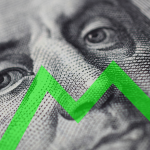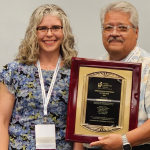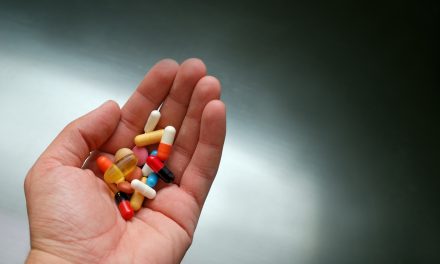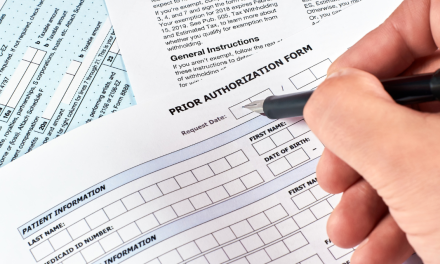
Inflammation, Chiropractic, and D.D. Palmer
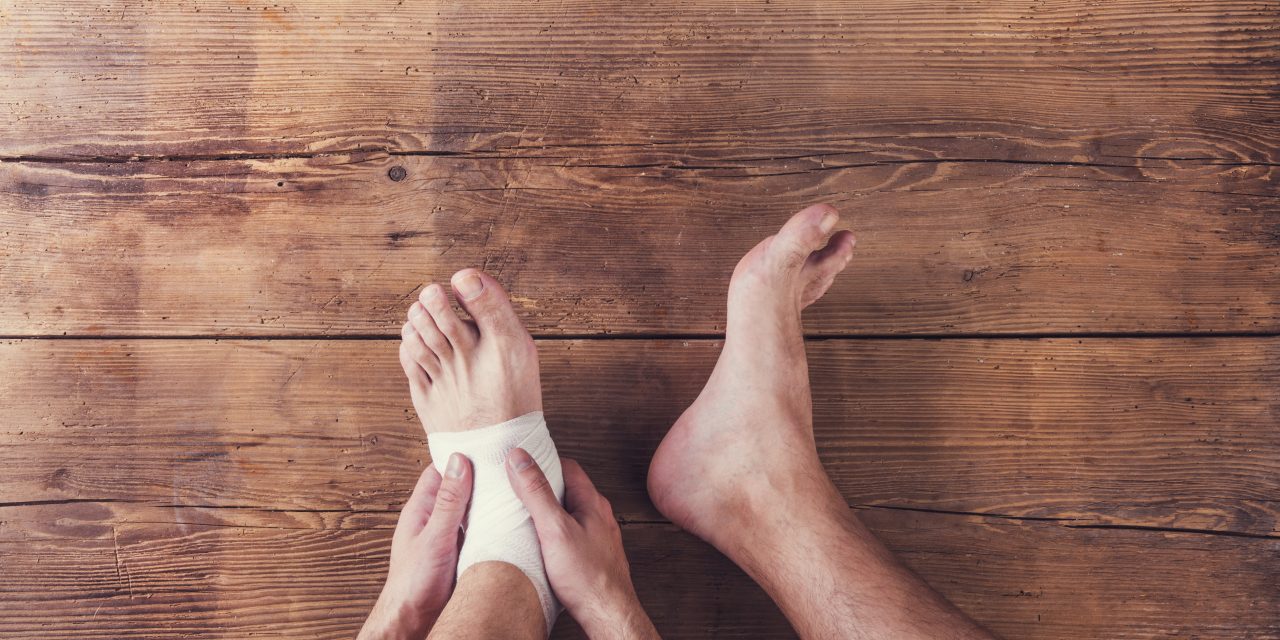
The topic of chronic inflammation is inextricably linked to the chiropractic profession. Before D.D. Palmer started the chiropractic profession, he knew that inflammation was the common feature among all chronic conditions (1):
“After 9 years of clinical experience and theorizing, D.D. had decided that inflammation was the essential characteristic of all disease. With his sensitive fingers, Palmer sought to locate inflammation in his patients. His magnetic treatment involved pouring his personal, excess vital magnetic energy into the site of inflammation so as to cool it off.”
Acute and Chronic Inflammation
The great inflammation message of D.D. Palmer was subsequently lost to future chiropractors, due to the unilateral view of inflammation presented in physiology books, that being the story about acute inflammation that occurs after an obvious injury. The acute inflammation stage is the first step of healing, which is followed by the repair and remodeling phases. Because inflammation is needed to heal an acute injury, the notion that inflammation can promote disease can seem inconsistent and contrary to the acute view. The important point to understand is acute and chronic inflammation are distinctly different states.
Imagine if you were to subtly sprain/strain your ankle every day or do aggressive biceps curls every day. The ankle and biceps would always hurt because the inflammation would be chronic. The only time inflammation leads to healing is if it is turned off in favor of tissue repair and remodeling. It turns out that several lifestyle choices are interpreted by the nervous and immune systems as “injury events”; those being stress, a lack of sleep, a lack of exercise, body fat accumulation, and a pro-inflammatory diet (2,3,4,5,6).
The low-grade injury events, listed above, function as homeostatic perturbation, to which neural and immune cells respond by releasing the same pro-inflammatory chemicals that are released with an acute injury. The difference is that fewer chemicals are released, so the cardinal signs of inflammation (heat, swelling, redness, and pain) will not be present, which leads to the illusion that inflammation, itself, is also not present. Nothing could be further from the truth. Everyone knows that they feel miserable, cranky, or depressed after a stressful event or a night without sleep. This is because “feeling miserable, cranky, and depressed” are physiological states associated with increased production of inflammatory chemicals.
Diet Inflammation
The diet-inflammation connection is a bit tricky. The reason is that after eating ice cream, cake, cookies, etc., which I call “dietary crack,” the average person does not feel cranky and depressed. Most people enjoy these calories and want more. The problem is that once the sugar is absorbed, a low-grade inflammation reaction occurs. Any cell exposed to a hyperglycemic event will immediately release inflammatory chemicals, just to a lesser degree compared to a strain/sprain. Additionally, eating excess “dietary crack” over time will lead to an increase in adipose tissue mass, which is associated with an increased concentration of pro-inflammatory immune cells that chronically release inflammatory chemicals. So, while the consumption of “dietary crack” is enjoyable, the acute and long-term effects are pro-inflammatory and disease-promoting.
It turns out that D.D. Palmer’s observation about inflammation before he conceived of the chiropractic profession, was absolutely consistent with what modern inflammation research is telling us today. Chronic inflammation is the underlying driver of most chronic conditions. Encouraging patients to “deflame” their lifestyle is directly in line with the views of D.D. Palmer and modern science.
References:
- Keating JC, Cleveland CS, Menke M. Chiropractic history: a primer. Davenport: Assoc Chiro Hist; 2004: p. 8.
- Seaman DR. Body mass index and musculoskeletal pain: is there a connection? Chiropractic Man Ther. 2013;21:15.
- Seaman DR. Is weight gain an unavoidable consequence of living a modern lifestyle? J Chiro Humanities. 2013;20(1):27-35.
- Seaman DR. Toxins, toxicity, and endotoxemia: a historical and clinical perspective for chiropractors. J Chiro Human. 2016;23:68-76.
- Seaman DR. The diet-induced pro-inflammatory state: A cause of chronic pain and other degenerative diseases. J Manip Physiol Ther. 2002;25:168-179.
- Seaman DR. The DeFlame Diet. Wilmington (NC): Shadow Panther Press, 2016.



